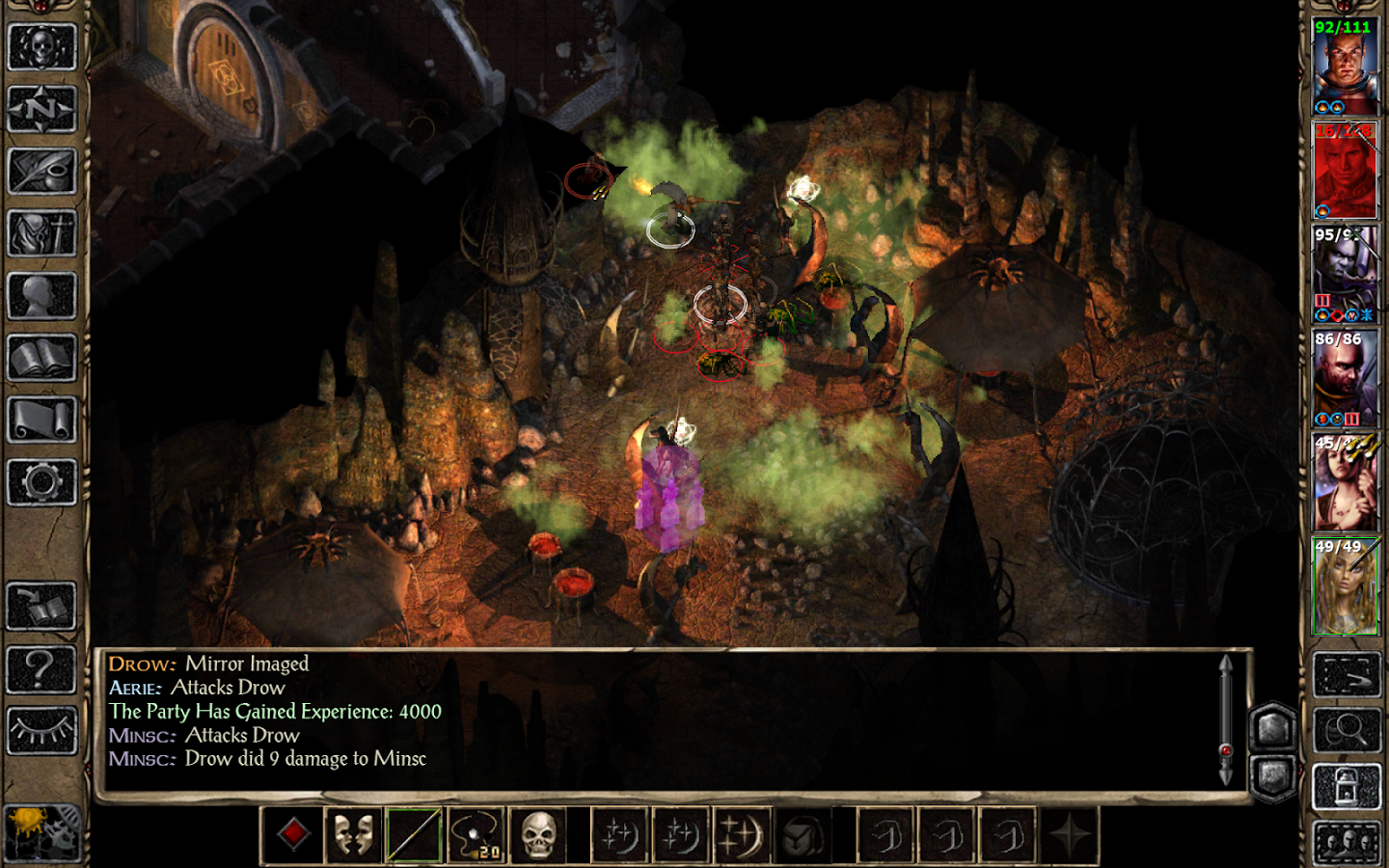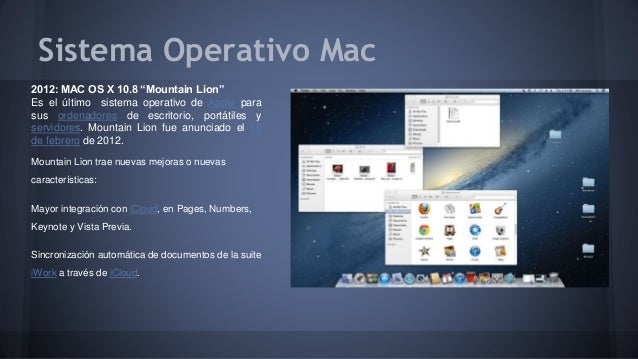Tips and troubleshooting tricks for moving data between computers when your external drive is formatted for use within MacOS.In most cases you can use your external hard drive to copy data from one computer to another. It is recommended that you only copy data (i.e. Pictures, documents, music, etc.) and not applications. Applications will not function when they are copied to a different system. Also, please note there may be a file system compatibility issue.
Not to be confused with the third-party extension Gatekeeper for.GatekeeperInitial releaseJuly 25, 2012 ( 2012-07-25)Gatekeeper is a security feature of the. It enforces and verifies downloaded applications before allowing them to run, thereby reducing the likelihood of inadvertently executing. Gatekeeper builds upon File Quarantine, which was introduced in and expanded in. The feature originated in version 10.7.3 of as the spctl.
A was added in and later also in version 10.7.5 of Lion. Gatekeeper options in the application. In, the 'Anywhere' option was removed from the UI.In the security & privacy panel of, the user has three options:Mac App Store Allows only applications downloaded from the to be launched.

Mac App Store and identified developers Allows applications downloaded from the Mac App Store and applications signed by to be launched. This is the default setting since Mountain Lion. Anywhere Allows all applications to be launched. This effectively turns Gatekeeper off.
This is the default setting in Lion. In, this option is hidden by default.The command-line utility spctl provides granular controls, such as custom rules and individual or blanket permissions, as well as an option to turn Gatekeeper off. Quarantine Upon download of an application, a particular ('quarantine flag') can be added to the downloaded file. This attribute is added by the application that downloads the file, such as a or, but is not added by torrent downloaders, such as, nor. This behavior is disabled by default for third-party applications and developers need to opt into it.
The system can also force this behavior upon individual applications using a signature-based system named Xprotect. Execution. Screenshot of a system that appears when Gatekeeper prevents an application from running, because it was not signed by an Apple certified developer.When the user attempts to open an application with such an attribute, the system will delay the execution and verify whether it is:. blacklisted,.
code-signed,. code-signed by Apple or a certified developer,. code-signed and the code-signed contents still match the signature.Since Mac OS X Snow Leopard, the system keeps two blacklists to identify known malware or insecure software. The blacklists are updated periodically. If the application is blacklisted, then File Quarantine will refuse to open it and recommend to the user to move it to.Gatekeeper will refuse to open the application if the code-signing requirements are not met. Apple can revoke the developer's certificate with which the application was signed and prevent further distribution.Once an application has passed File Quarantine or Gatekeeper, it will be allowed to run normally and will not be verified again.
Override To override Gatekeeper, the user (acting as an administrator) either has to switch to a more lenient policy from the security & privacy panel of System Preferences or authorize a manual override for a particular application, either by opening the application from the or by adding it with spctl. Path randomization Developers can sign that can be verified as a unit by the system. In macOS Sierra, this allows developers to guarantee the integrity of all bundled files and prevent attackers from infecting and subsequently redistributing them.

In addition, 'path randomization' executes from a random, hidden path and prevents them from accessing external files relative to their location. This feature is turned off if the application bundle originated from a signed or disk image or if the user manually moved the application without any other files to another directory. Implications The effectiveness and rationale of Gatekeeper in combating malware have been acknowledged, but been met with reservations.
Gate Data
Security researcher Chris Miller noted that Gatekeeper will verify the developer certificate and consult the known-malware list only when the application is first opened. Malware that already passed Gatekeeper will not be stopped. In addition, Gatekeeper will only verify applications that have the quarantine flag. As this flag is added by other applications and not by the system, any neglect or failure to do so does not trigger Gatekeeper.
According to security blogger Thomas Reed, are frequent offenders of this. The flag is also not added if the application came from a different source, like.
Questions have also been raised about the registration process to acquire a developer certificate and the prospect of certificate theft.In September 2015, security researcher Patrick Wardle wrote about another shortcoming that concerns applications that are distributed with external files, such as or even files that can contain. An attacker can manipulate those files and through them exploit a in the signed application. The application and its external files can then be redistributed, while leaving the original signature of the application bundle itself intact. As Gatekeeper does not verify such individual files, the security can be compromised. With path randomization and signed disk images, Apple provided mechanisms to mitigate this issue in macOS Sierra.
See also.References. February 13, 2015.
Retrieved June 18, 2015. Siegler, MG (February 16, 2012). Retrieved March 3, 2012. ^ Siracusa, John (July 25, 2012). From the original on March 14, 2016. Retrieved June 17, 2016. Reed, Thomas (April 25, 2014).
Gate For Mac Os 10
The Safe Mac. Retrieved October 6, 2016. Ullrich, Johannes (February 22, 2012). Internet Storm Center. Retrieved July 27, 2012.
^. Mac Developer Library. Retrieved July 27, 2012. February 13, 2015. Retrieved June 18, 2015.
^. June 15, 2016.
Retrieved June 17, 2016. Cunningham, Andrew (June 15, 2016). From the original on June 16, 2016. Retrieved June 17, 2016.
^ Reed, Thomas (October 6, 2015). Retrieved June 17, 2016. ^ Moren, Dan (August 26, 2009). Retrieved September 30, 2016.
Apple Support. March 22, 2016. From the original on June 17, 2016. Retrieved September 30, 2016. ^ Foresman, Chris (February 17, 2012).
Retrieved June 18, 2015. Chatterjee, Surojit (February 21, 2012). Retrieved March 3, 2012. Goodin, Dan. Ars Technica. From the original on March 20, 2016.
Retrieved June 17, 2016.